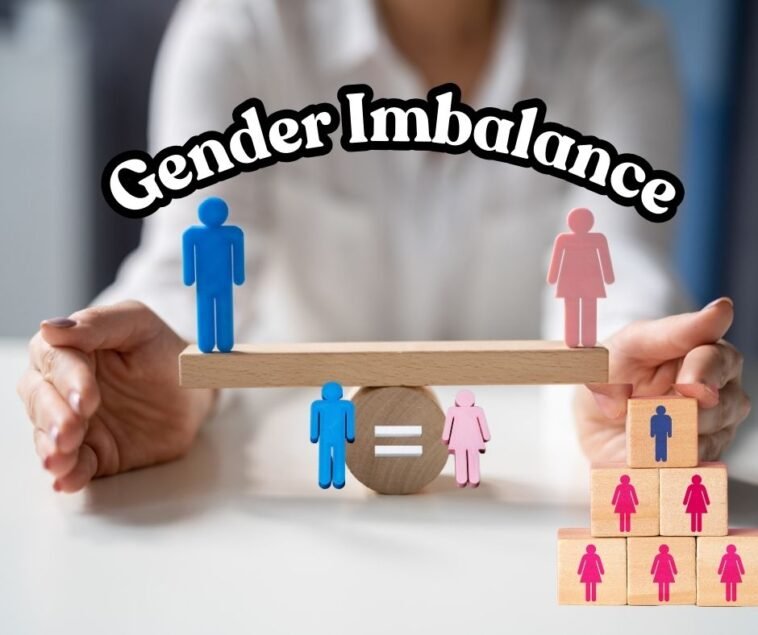The Ministry of Development Planning and Statistics (MDPS) in Qatar recently disclosed the most recent population statistics for the country, indicating that as of the conclusion of August 2022, the population had surged to a total of 2,562,000. This reflects a 4.5% rise from July and a 4.7% increase from the same period the previous year.
Among this populace, 1,992,584 are males, while females constitute approximately 25% of the overall population, totaling 632,498 individuals. Consequently, the female-to-male ratio in Qatar stands at one female for every three males, earning the nation the distinction of possessing the highest male-to-female ratio globally.
The male-to-female ratio, also known as the human sex ratio (HSR), is a metric illustrating the number of males per female within a country’s populace. A ratio exceeding 1 denotes a surplus of males, whereas a ratio below 1 signifies a preponderance of females. An equilibrium is represented by a ratio of 1.
As of 2016, Qatar’s HSR is recorded at 1.02 at birth, 1.03 for those aged 14 and below, 2.64 for Millennials (aged 15-24), 4.91 for the 25-54 age bracket, 3.38 for individuals aged 55-64, and 1.71 for those surpassing 65 years. These figures amalgamate to a human sex ratio of 3.41 in Qatar, signifying an uptick from the 2015 ratio of 3.06.
The causes behind the surplus of men compared to women in Qatar can be attributed to various factors. A substantial portion of Qatar’s population (roughly 92%) resides in the capital city, with around 88% being expatriate workers, contributing to the nation’s gender imbalance due to its diverse and multicultural society composition. Many male expatriates, particularly from South Asian nations, migrate to Qatar for work, often leaving their families behind in pursuit of better prospects and economic stability.
Moreover, Qatar’s conservative visa policies for female migrants from select countries, in contrast to countries like the United States, Canada, and various European Union nations, also play a role. Additionally, Qatar’s predominantly Muslim culture, while hospitable to tourists, upholds conservative social norms. Courtship is not legally recognized, with a significant portion of the local populace and residents being either married or single.
The sex ratio can fluctuate significantly among adults (ages 15-64) due to factors such as migration and mortality rates, especially during periods of conflict or war. In later adulthood and old age, the sex ratio frequently skews towards females.
Qatar is not alone in having a skewed male-to-female ratio. Nearby nations like Kuwait and Oman, as well as the blockading countries, also feature prominently on the HSR index. Conversely, regions such as Martinique, Latvia, and Lithuania exhibit a surplus of women compared to men.
For more insights into Qatar’s population, including ten captivating facts, please refer to the provided link. To access the latest internet statistics pertaining to Qatar, click on the alternate link. For additional details about the Ministry of Development Planning and Statistics (MDPS) in Qatar, feel free to explore their social media channels listed below.
Website: https://www.mdps.gov.qa/ar/Pag…
Facebook: https://www.facebook.com/MDPSq..
Twitter: https://twitter.com/@MDPSqatar
YouTube: https://www.youtube.com/user/M…
Please Subscribe Us to get updated with Qatar News, Saudi News, Kuwait News, Health News, UAE News, Iqama, Visa, Jobs, Banking and More.



